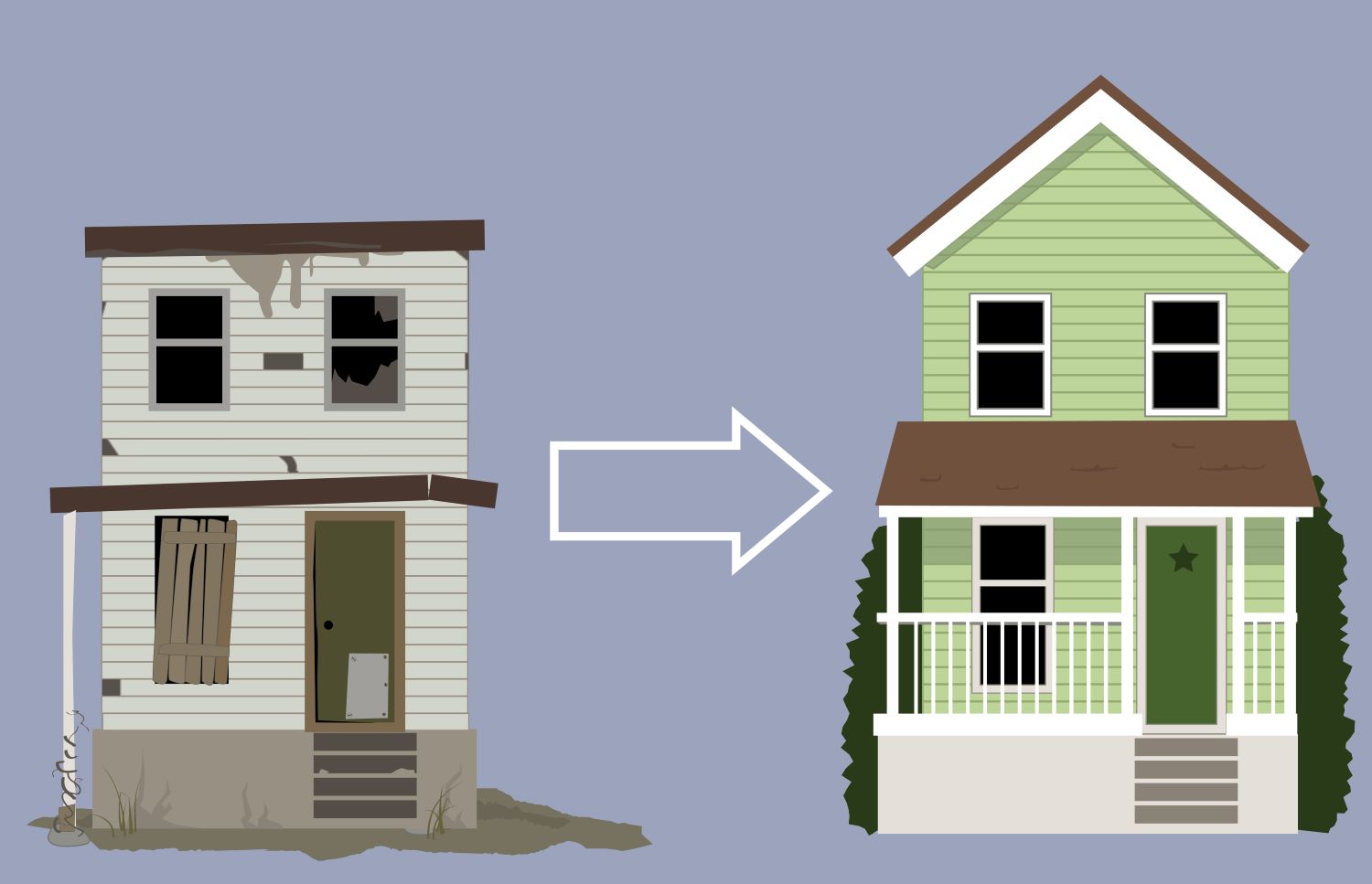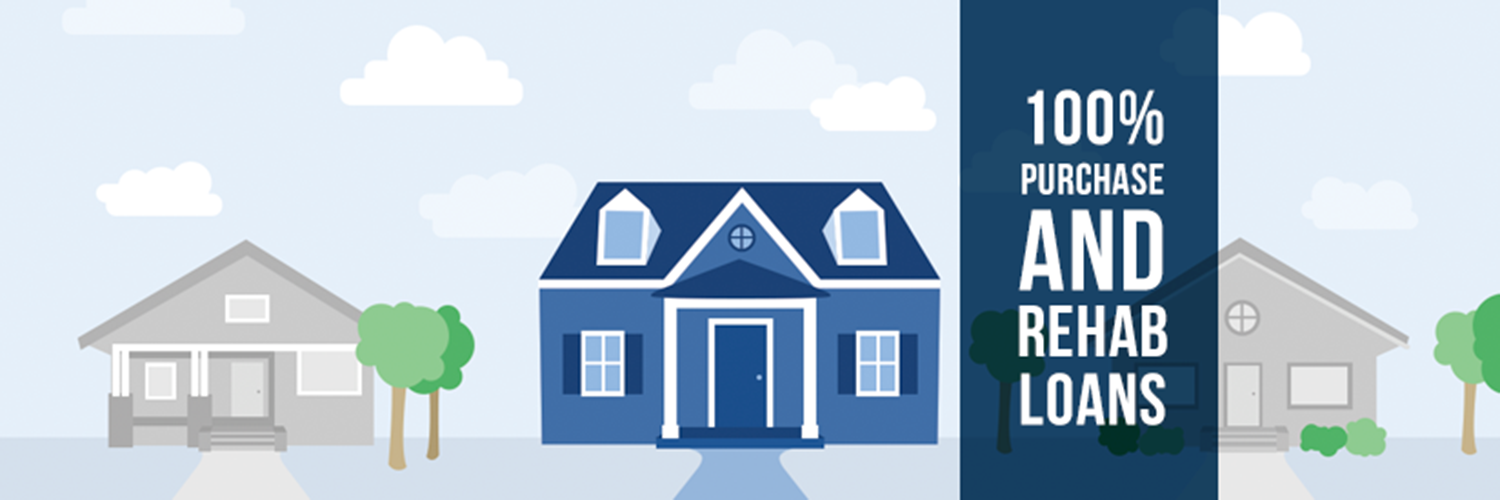Getting a Hard Money Loan for Flipping Houses
So, you want to get into flipping houses? Perhaps you have some extra cash, or you’re just handy at fixing things up. It’s hard to know where to begin, but one thing you will need is some cash.
Remember that it can take more money to flip a house than buying a house for your own residence, mostly because you’ll have to do more work in order to make it an attractive prospect on the market.
Doing your research on your specific location is important too.
It’s harder to flip homes in certain states, but if you’re in states such as Tennessee, Pennsylvania or New Jersey, you could be making up to 140% return on investment for your hard work.
Plus, some states such as Washington have a Usury Law that sets guidelines for all interest charges, including home loans.
If you don’t have the spare cash to buy but have the technical know-how and the location in your favor, then you’re probably wondering where you can get the extra cash.
Most traditional lenders won’t lend you the money for house flipping, and those who do will likely want to see that you have the experience, for example, a house that you have flipped before. So, what do you do if this is all new and the bank won’t give you a loan?
Get a hard money loan.
But What’s that?
A hard money loan isn’t the same as a traditional loan or mortgage, let’s take you through what this is.
What is a Hard Money Loan?
It’s unclear where the name flipping houses comes from – whether it’s because the terms are “harder,” or the loans are available for “hard to finance” properties – hard money in some form has been around longer than most banks.
With these loans, private investors put up the money for houses that wouldn’t normally be financed by conventional mortgage providers. The collateral, in this case, is your home – a hard asset that they can collect on if things go wrong.
This may seem terrifying if you don’t know what you’re doing, but if it works outright, it can work out massively in your favor.
Know Your Loan Terms
The terms of a hard money loan are quite different from the terms of a normal home loan.
Usually, hard money loans are given for a length of a year or less, and their interest rates will be higher – around 12 percent to 18 percent, plus two to five points. Each point is usually worth 1% of the loan value, so if you borrowed $210,000 and the lender was charging two points, you’d pay $4,200.
With a conventional home loan, you pay these points at closing, but in a hard money loan, you often don’t have to pay points until the house sells.
Remember, a hard money lender is on your side. They want you to succeed so they can build a long-term relationship with you. In a hard money loan, the lender also bases the amount that you can borrow on the after-renovation value of the home, known as the ABV. This gives you greater flexibility when taking out the loan.
If the house price is currently $90,000 but the ABV is much higher, you may be able to take out the loan and cover costs such as lender fees, closing costs and selling with very little out of your own pocket.
This is how people who don’t have bags of extra cash can still manage to flip so well. Flipping can be very profitable, with the average profit in 2017 coming in at $68,143 per home. Even at just one home a year, that’s pretty comfortable living.
Tips for First-time Flipping Houses
When dipping a toe into the pool of real estate investment, it helps to be prepared. If you need to get a hard money loan, you can build the trust of potential investors by following a couple of steps:
Begin networking in real estate.
It’s an industry where connections are vital. Many real estate investors often work on both sides – they also fix up and flip properties and look for investments where other people are doing the same.
New connections can provide a wealth of knowledge and may even end up being your hard money lenders.
You can join real estate associations in your area educate yourself before you decide to jump straight into the unknown and buying a property to fix up.
Your network will serve you in the long run – you’ll find out about areas where properties are selling well, discover hints and tips for staging a house, and may even make some contractor contacts to help you during the fix-up.
Make a Business Plan
You need to do a thorough analysis of the property that you’re going to buy to assess if it has real value as a flip.
No one is suggesting a 30-page booklet here, but if you have laid out the basics, then hard money lenders will be much more inclined to see yours as a bankable investment, and you will be backing yourself by proving with the right information that this is a viable project.
Such details as the following are a good place to start:
- Full address
- Sale prices for the other homes in the neighborhood
- Strategy and timelines for work
- Scope of work required
- A professional valuation of the property
- Estimated value after renovation by a professional appraisal expert
- Background details on anyone who is working on the project with you
Start Flipping Houses with a Hard Money Loan
If you’ve done your research and found your property, then nothing is stopping you from starting a new career or side hobby of fixing and flipping. And the best way to do this is with a hard money loan.
If you are confident that you can pay it back within the required period, you’ll find that the lack of red tape and the speed of getting the loan are highly conducive to getting your first project started.
Once you start looking, you’ll find hard loan money lenders all around, just be sure that you research them and find the one most suitable for your needs.
.center_container #informationFacilitiesContainer h1 { color: !important; }.tms-card-container h2, #categoryFacilitiesContainer h2 { color: !important; }.tms-button { background-color: !important; }.center_container #categoryFacilitiesContainer #categoryCardContainer .col .card-title { color: !important; }.pagination-container .pagination li a { color: !important; }.center_container #browsingFacilitiesContainer h1 { color: !important; }.center_container .tms-card-container #facilityCardContainer .card-title { color: !important; }browsingFacilitiesContainer html a { color: !important; }.qa-decor-border-red { border-bottom: 3px solid !important; }








